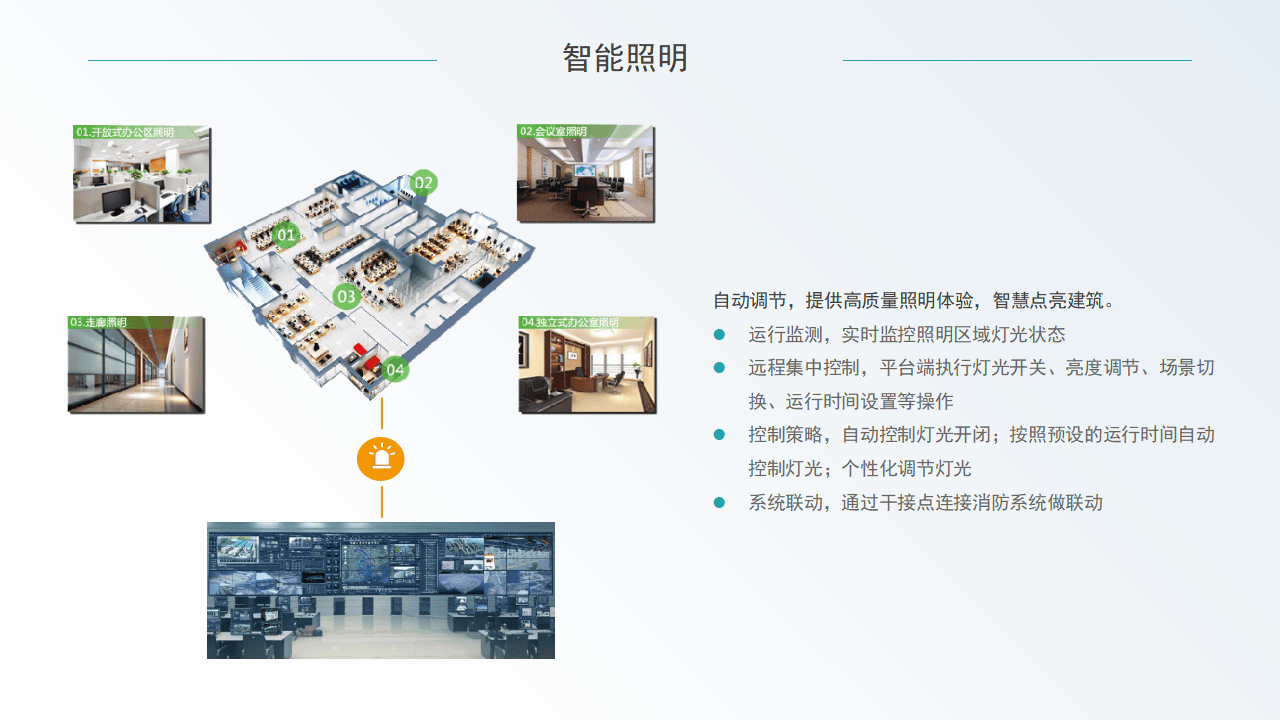Industry News
Key Steps for Digital Transformation in the Solar Industry: How HBDTECH PV550 Helps
Times:2025-07-28 Views:115
Key Steps for Digital Transformation in the Solar Industry: How HBDTECH PV550 Helps
The solar industry is undergoing a profound digital transformation, leveraging information technology to boost efficiency, reliability, and sustainability. HBDTECH's PV550 solar pump inverter is a prime example of a key player in this shift. Here are the crucial steps for achieving digital transformation in the solar sector:
1. Data Collection and Monitoring
The first step in digital transformation is gathering and monitoring critical data from solar power generation. This includes real-time tracking of the operational status, power generation, and environmental temperature of solar cells, inverters (like the HBDTECH PV550 solar pump inverter), and other equipment. The PV550's built-in high-precision monitoring capabilities provide detailed operational data, forming the foundation of digital transformation.

2. Data Analysis and Prediction
Utilizing big data analytics and artificial intelligence to deeply analyze collected data helps uncover hidden patterns, trends, and anomalies. This optimizes solar power system performance and enables accurate predictions and decisions. The data generated by the HBDTECH PV550 inverter effectively supports such analyses, leading to smarter operations and maintenance.
3. Enhanced Visualization and Remote Operation
Establishing remote monitoring platforms and visual interfaces allows solar companies to oversee power plant operations in real time, perform remote actions, and troubleshoot issues. This helps in promptly identifying and resolving problems, thereby improving operational efficiency. The PV550's remote communication capabilities allow it to seamlessly integrate with remote monitoring systems for efficient remote management.
4. Integrated Supply Chain and Resource Management
Digital transformation empowers solar companies to better manage their supply chain and resources, including material procurement,inventory control, and production planning. Connectivity and collaboration through digital systems significantly enhance supply chain reliability and efficiency.

5. Smart Maintenance and Predictive Preservation
Leveraging IoT technology and sensors enables solar companies to implement smart maintenance and predictive preservation for their equipment. Real-time monitoring of equipment status, fault prediction, and remote diagnostics reduce downtime and improve equipment reliability and maintenance efficiency. The HBDTECH PV550 can provide detailed operational logs and fault codes, offering crucial data support for smart maintenance.
6. Virtual Simulation and Optimized Design
Using virtual simulation technologies and models, solar companies can optimize systems and assess performance during the design and planning phases. This improves the design efficiency of solar power plants, reduces costs, and optimizes system generation capacity.
7. Data Security and Privacy Protection
Protecting data security and privacy is paramount during digital transformation. Solar companies must implement appropriate security measures to ensure data confidentiality, integrity, and availability.
Digital transformation in the solar industry requires significant time, resources, and expertise from solar companies. Furthermore, collaboration with technology providers and domain experts (like inverter manufacturers such as HBDTECH) is crucial for successful implementation and optimal results.









